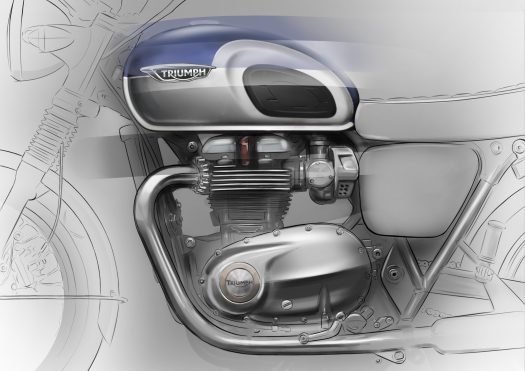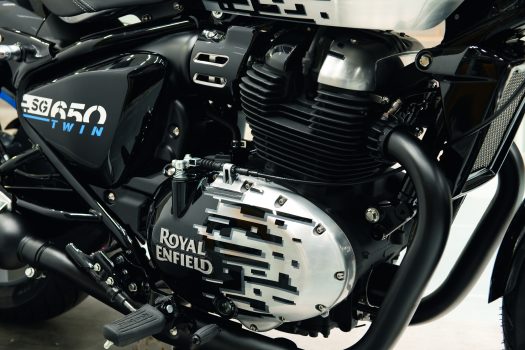In Cafe Racer’s current October/November issue, we look into one of the more fascinating technoloigical developments in recent motorcycle engine design: the rebirth of the parallel twin.
Though this side-by-side engine type had become ubiquitous in British motorcycles during teh middle 20th Century, by the late 1990s, they were hard to find in new motorcycle showrooms.
Parallel twins had been replaced by ever-revvier inline fours and massive, thudding V-twins. By the late 1990s, only a few slow-selling examples of the breed remained including Yamaha’s TDM850 and Kawasaki’s beginner-friendly Ninja EX 500.

Since then, parallel twins have multiplied faster than a rabbit hutch stuffed with Viagra as nearly every major manufacturer competes for a slice of the two cylinder, horizontally-opposed pie.
And for good reason: parallel twin motors are far cheaper to manufacture than say, a V-twin which utilizes nearly twice as many parts and requires a longer wheelbase due their 60 or 90 degree layout. New, four-valve-per-cylinder configurations provide far more power than previous versions produced while 270 degree crankpin arrangements make for a motorcycles that sounds as meaty and uneven as any V-twin while producing similar power per cubic centimeter.
This has given yield to massively popular rides like Yamaha’s torquey XSR 700 and faired R7 sportbike while Honda’s dual clutch Rebel 1000 and the smaller 500cc and 300cc versions are also well-received. Both the smaller Rebel twins benefit from narrow frontal profiles, making them slender, easy-to-maneuver rides that punch well above their displacement when it comes to power and top speed. The big daddy 1100cc version of Honda’s water-cooled twin has been put to great use in the planet-conquering Africa Twin adventure bike which is packed with more radical tech and capability than James Bond’s Q Laboratory.
Triumph, for their part, have explored the parallel twin platform further than almost anyone, producing a thumping 900cc twin for their Street Twin series and the granddaddy of the genre, the all-conquering Thruxton 1200. Intensely responsive fuel injection and a heaping helping of plain old cubic centimeters makes for a surprisingly smooth twin that produces 96 rear wheel horses- nearly twice the earlier, air-cooled Thruxton’s 58 horses. Broad, flat torque curves mean gear shifters can be partially ignored while the new twins suffer none of the snatchiness at low speed that plagued big displacement V-twins.

Meanwhile Royal Enfield have achieved unprecedented production numbers with their expansive line of parallel twin 650s while Suzuki, a brand nearly indelibly associated with high-revving in-line fours, has entered this crowded market segment with their middleweight GSX- 8S (reviewed in this issue’s First Ride section.) The trellis-framed 800 is both smooth and packed with usable torque while handling is inch-perfect at all speeds. And even the Italian manufacturers are playing on the parallel twin pitch, with Aprilia striking gold with their RS 660 platform powering both the middleweight Tuono and the RS660 sportbike. The clever engine design helps these machines produces smile-inducing rideability while churning our nearly as much power as the RSV Tuono and Mille of the early 2000s.
All considered, the 2020s have proven the long-term viability of an engine once considered past its prime.







